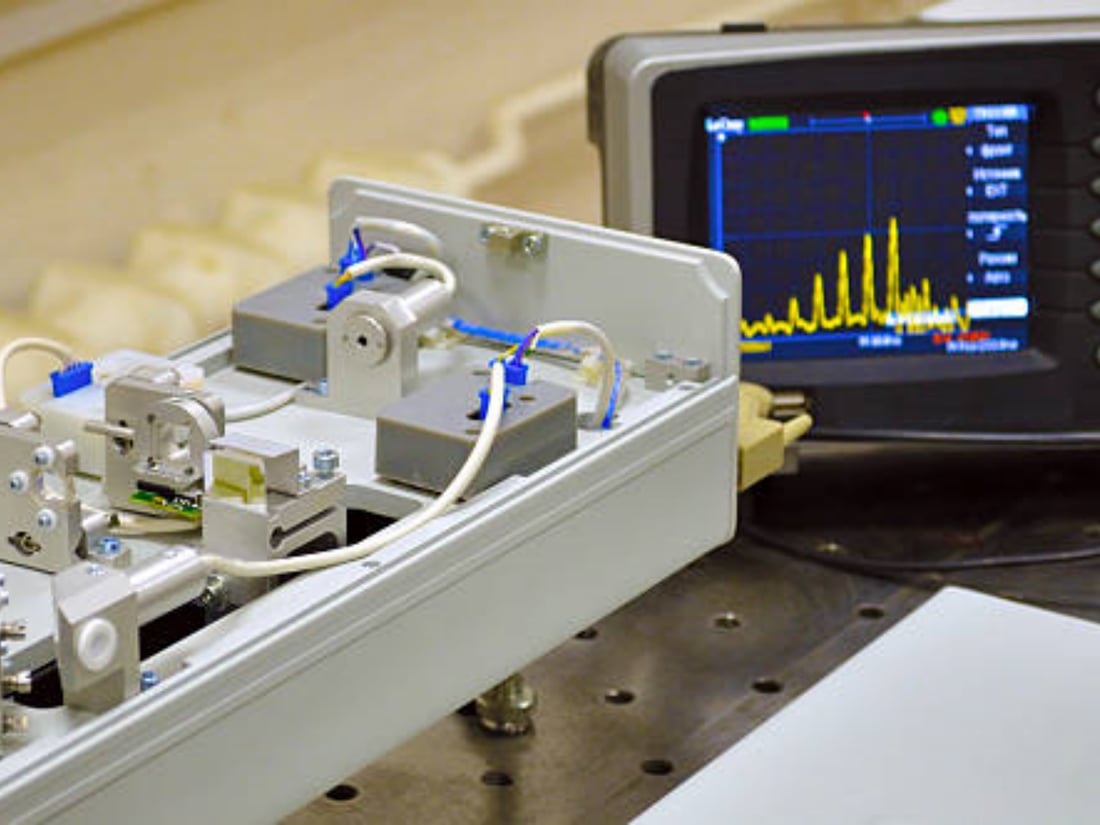Full-field vibration measurement techniques are essential tools used to analyze and understand the dynamic behavior of structures. These techniques allow engineers to visualize and measure vibrations across the entire surface of an object, providing valuable insights into its mechanical performance.
Types of Full-Field Vibration Measurement Techniques
There are several types of full-field vibration measurement techniques, including digital image correlation (DIC), scanning laser Doppler vibrometry (SLDV), and electronic speckle pattern interferometry (ESPI). Each technique has its own strengths and limitations, making it important to choose the most appropriate method for a specific application.
Advantages of Full-Field Vibration Measurement Techniques
One of the key advantages of full-field vibration measurement techniques is their ability to capture complex vibrations in real time. This allows engineers to identify mode shapes, frequencies, and damping ratios of structures with high spatial resolution, leading to more accurate and comprehensive vibration analysis.
Applications of Full-Field Vibration Measurement Techniques
Full-field vibration measurement techniques are used in a wide range of industries, including aerospace, automotive, civil engineering, and biomechanics. These techniques can be applied to test and validate structural designs, troubleshoot vibration issues, and optimize the performance of mechanical systems.
Challenges in Implementing Full-Field Vibration Measurement Techniques
Despite their benefits, full-field vibration measurement techniques face several challenges, such as environmental noise, data processing complexities, and calibration requirements. Engineers must carefully consider these challenges when selecting and using these techniques in their projects.
Recent Advances in Full-Field Vibration Measurement Techniques
Recent advancements in technology have led to the development of new and improved full-field vibration measurement techniques. These advancements include enhanced camera resolution, faster data acquisition systems, and sophisticated image processing algorithms, enabling more accurate and efficient vibration analysis.
Comparison with Pointwise Vibration Measurement Techniques
Full-field vibration measurement techniques offer distinct advantages over pointwise measurement techniques, such as accelerometers and strain gauges. By capturing vibrations across the entire surface of an object, full-field techniques provide a more holistic understanding of its dynamic behavior, making them ideal for comprehensive vibration analysis.
Future Trends in Full-Field Vibration Measurement Techniques
The future of full-field vibration measurement techniques is promising, with ongoing research and development focusing on improving accuracy, speed, and versatility. Advancements in sensor technology, artificial intelligence, and machine learning are expected to further enhance the capabilities of these techniques in the years to come.
Best Practices for Implementing Full-Field Vibration Measurement Techniques
To maximize the benefits of full-field vibration measurement techniques, engineers should follow best practices such as proper sensor placement, careful calibration, and robust data analysis procedures. By ensuring accuracy and reliability in measurement results, engineers can make informed decisions based on the insights provided by these techniques.
Conclusion
In conclusion, full-field vibration measurement techniques play a crucial role in understanding the dynamic behavior of structures and systems. By leveraging these techniques effectively, engineers can optimize design performance, diagnose vibration issues, and enhance the overall reliability of mechanical systems.
Quote Inquiry
contact us

